Reviewed by Julianne Ngirngir
The foldable phone market has become an engineering battleground where millimeters determine winners, and Honor just scored a decisive victory. The company's latest Magic V5 foldable has officially claimed the title of world's thinnest foldable at just 8.8mm when folded, but there's a fascinating physics compromise that reveals the current limitations of smartphone engineering. The phone measures just 4.1mm thick when unfolded and weighs only 217g, making it impressively portable. However, the camera bump has increased in size compared to its predecessor, creating a design trade-off that perfectly illustrates the current realities of foldable technology.
What makes the Magic V5 so remarkably thin?
Honor's engineering achievement becomes genuinely mind-bending when you consider the physics involved. This foldable is only 0.3mm thicker than the Pixel 9 Pro XL when folded—a device that opens to reveal a tablet-sized screen yet maintains nearly the same pocket profile as a traditional flagship phone. This represents a fundamental breakthrough in how we think about portable computing devices.
The breakthrough lies in Honor's mastery of silicon-carbon battery technology, which delivers a massive 5,820mAh capacity without traditional bulk penalties. Silicon-carbon batteries achieve higher energy density than conventional lithium-ion cells by incorporating silicon into the anode structure, allowing Honor to pack more power into dramatically less space—a critical advancement that enables the entire foldable form factor.
But the real engineering marvel is Honor's Super Steel Hinge, which doesn't just achieve record thinness—it redefines durability expectations. This mechanism is rated for 500,000 folding cycles, easily outlasting most upgrade cycles, while withstanding forces that would destroy conventional hinges. Honor demonstrated this by subjecting the foldable to over 3kg of force pulling on the hinge—the equivalent of someone aggressively yanking your phone with serious destructive intent.
The camera bump dilemma: where physics meets user priorities
This is where Honor's engineering triumph collides with an immutable reality of current technology. While the company achieved record-breaking body dimensions, the camera bump is almost as thick as the phone itself and actually protrudes beyond that of the Oppo Find N5. This isn't a design oversight—it's a calculated decision based on user research and physical limitations.
Honor told me the decision to include such a pronounced camera housing is because customers don't want to compromise on cameras or battery. This honest admission reveals something crucial about foldable evolution: users consistently prioritize functionality over pure aesthetics when forced to choose. Honor could have created a perfectly flush camera system, but market research showed that photo quality mattered more to buyers than visual elegance.
The camera system validates this compromise with impressive hardware: a 50Mp f/1.6 main snapper, a 64Mp f/2.5 3x telephoto and a 50Mp f/2.2 ultrawide, with both the telephoto and ultrawide cameras getting more megapixels than previous generations. Real-world results justify the bulk—main camera pictures have lovely crisp details and accurate colors, delivering photography that matches dedicated camera phones rather than settling for foldable compromises.
Performance and display: flagship capabilities in a folding form factor
The Magic V5's slim profile might suggest compromises, but the performance story tells a different narrative entirely. The device makes the jump to the latest Snapdragon 8 Elite chip, paired with 16GB of RAM and 512GB of storage, delivering computational power that exceeds many traditional flagships while maintaining that record-breaking thinness.
The display technology showcases why this engineering achievement matters for daily use. The interior screen measuring 7.95-inch offers 5000 nits peak brightness and Dolby Vision HDR support—brightness levels that surpass most laptop displays and remain easily readable even in harsh sunlight conditions that wash out competing foldables.
What transforms the user experience is how natural both screens feel in daily interaction. The external display feels very much like one on a regular phone, measuring 6.43 inches without the awkward narrow proportions that plague some competitors. Meanwhile, the crease on the main display is barely visible, eliminating the constant visual reminder that you're using folding technology rather than a seamless large screen.
Durability advances address foldable ownership anxiety
Honor's durability improvements represent genuine breakthroughs in addressing the psychological barriers that prevent mainstream foldable adoption. The Magic V5 has 15 times the scratch resistance and 10 times the drop resistance of previous models, achieved through advanced materials including Alumina coating, non-Newtonian silicon gel matrix, and a carbon fibre support layer. These aren't incremental improvements—they represent fundamental advances in protecting flexible display technology.
The water resistance achievement is particularly significant for changing foldable ownership psychology. The IP rating has been increased to IP58/IP59 from IPX8, and other than the Vivo X Fold 5, it's the only folding phone to achieve such a high IP rating. This means users can finally treat their foldable like a normal phone in rain, near pools, or during unexpected spills—eliminating the constant anxiety that has defined foldable ownership since the category began.
The power system completes this usability transformation. That 5820mAh with 66W wired and 50W wireless charging capacity ensures the large displays don't drain your battery by mid-afternoon, while rapid charging speeds mean brief stops at chargers restore full-day capability rather than requiring lengthy charging sessions.
Bottom line: the physics of current foldable evolution
The Honor Magic V5 represents a fascinating inflection point in foldable technology evolution. Honor has genuinely achieved the world's thinnest foldable while simultaneously increasing battery capacity, improving durability, and maintaining flagship-grade performance across every measurable metric. This isn't just iterative improvement—it's a fundamental breakthrough in what's possible within current physics limitations.
Yet that prominent camera bump serves as an honest acknowledgment of where technology stands today. Honor made conscious choices about where to prioritize space savings versus where to maintain capability, resulting in a device that excels in portability while refusing to compromise on photography or power. The question for potential buyers becomes whether you value the engineering achievement of ultimate thinness or prefer more balanced proportional aesthetics.
For users who prioritize capability over pure design symmetry, this trade-off makes perfect sense. The Magic V5 delivers professional-grade photography, all-day battery life, and tablet-class performance in a package that slides into pockets more easily than many traditional phones. The value proposition is hard to ignore, especially at a competitive price point, especially considering Honor has set a new standard for slim foldables without compromising on performance or features.
The Magic V5 ultimately feels like the first foldable that acknowledges current technological realities while pushing every boundary that physics currently allows. Whether that prominent camera module bothers you will determine if this engineering achievement belongs in your pocket, but there's no denying Honor has created the most capable thin foldable yet conceived.
Cover image via Honor




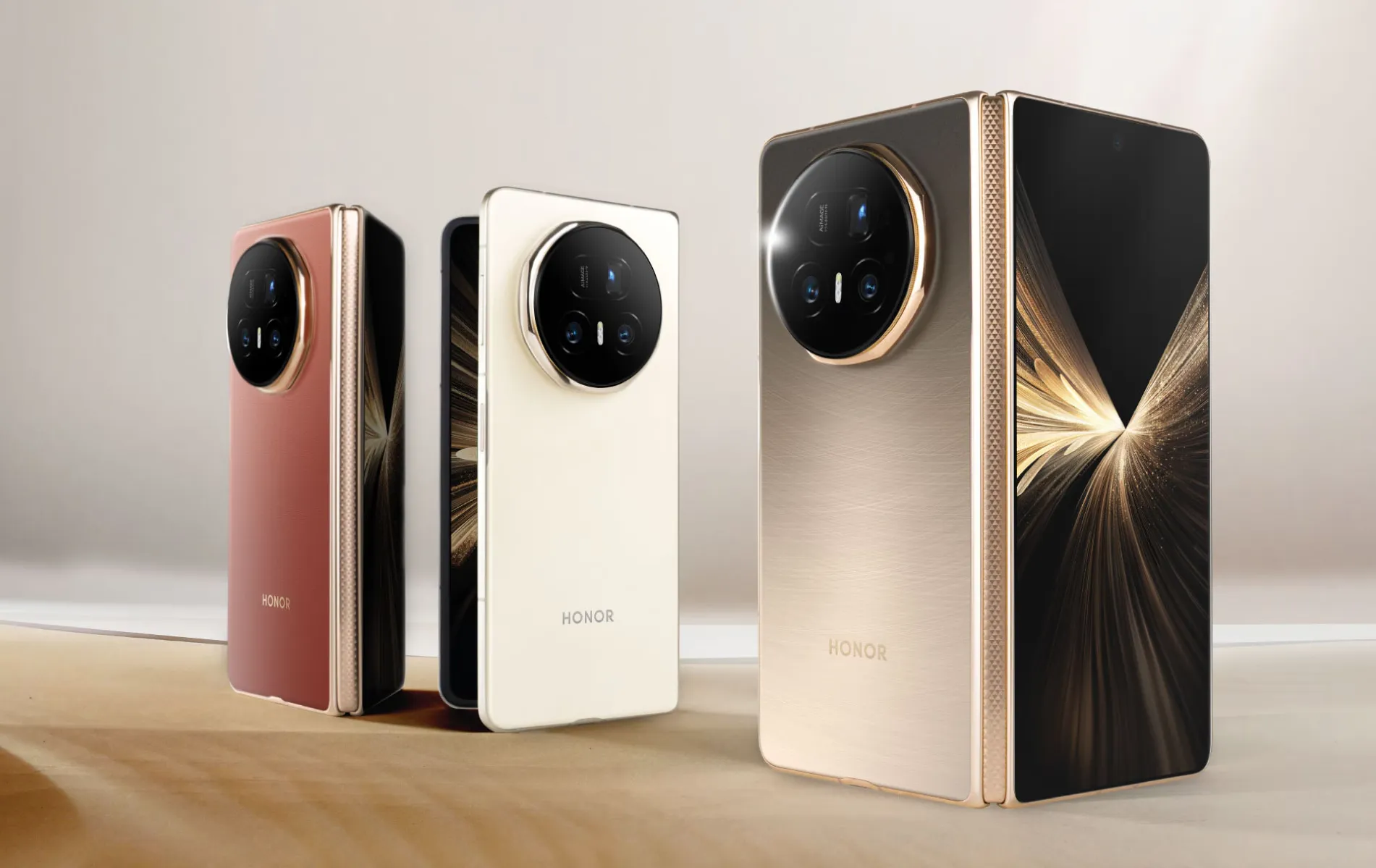
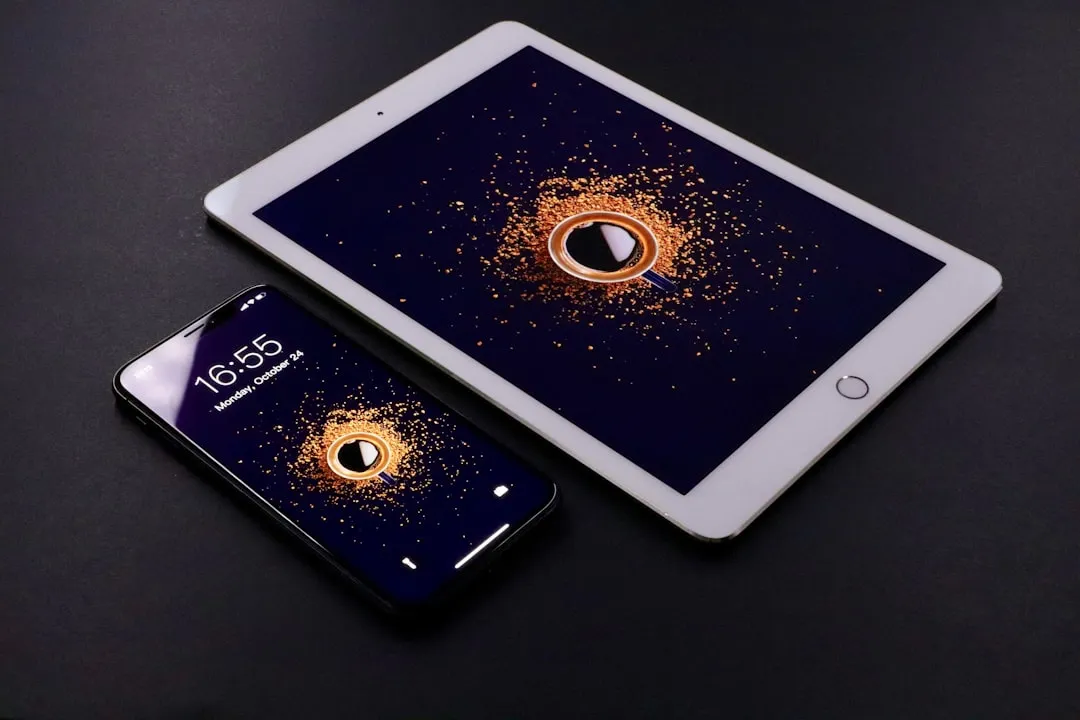
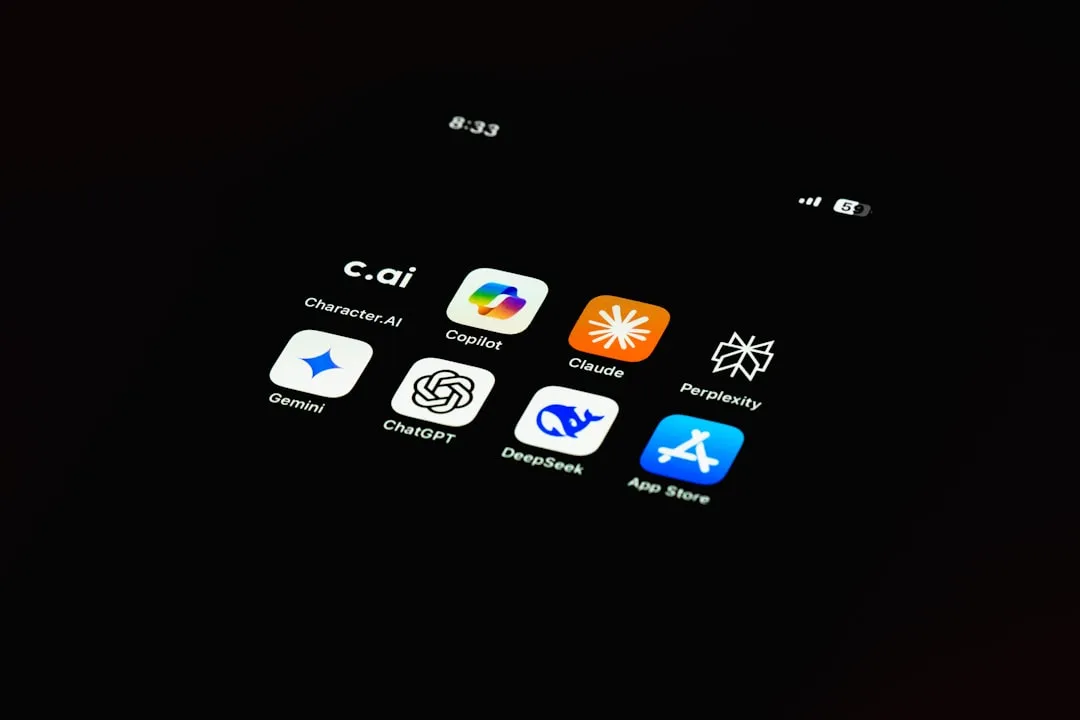

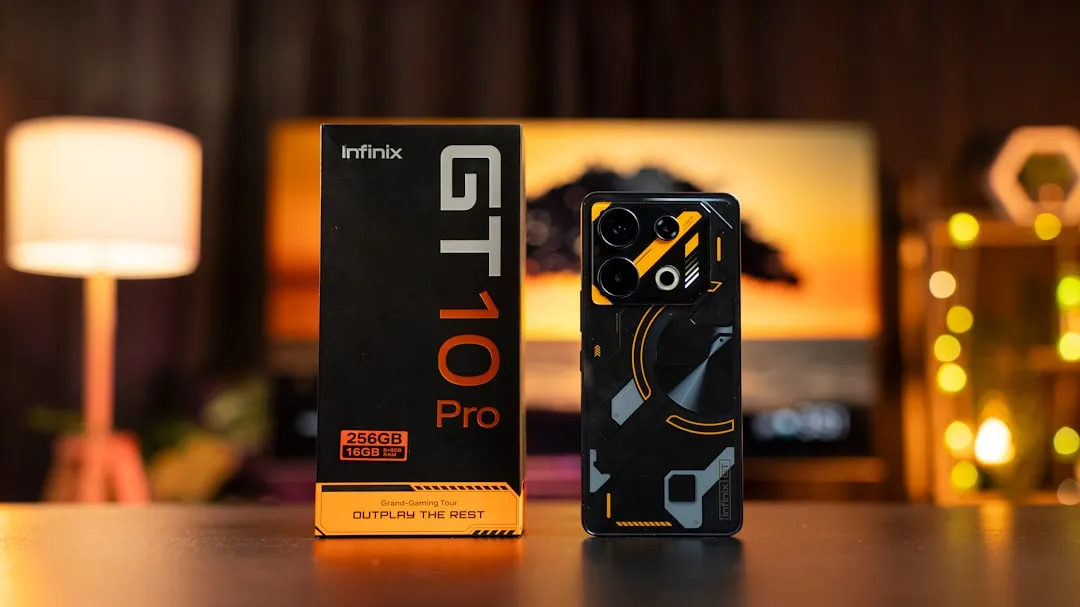




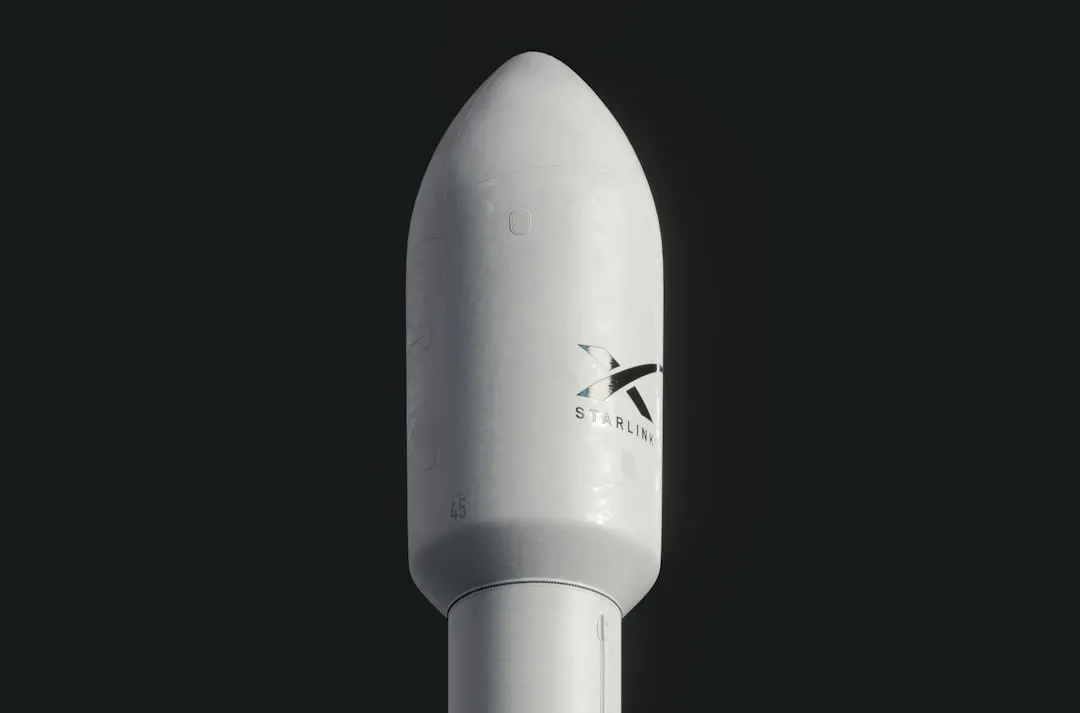
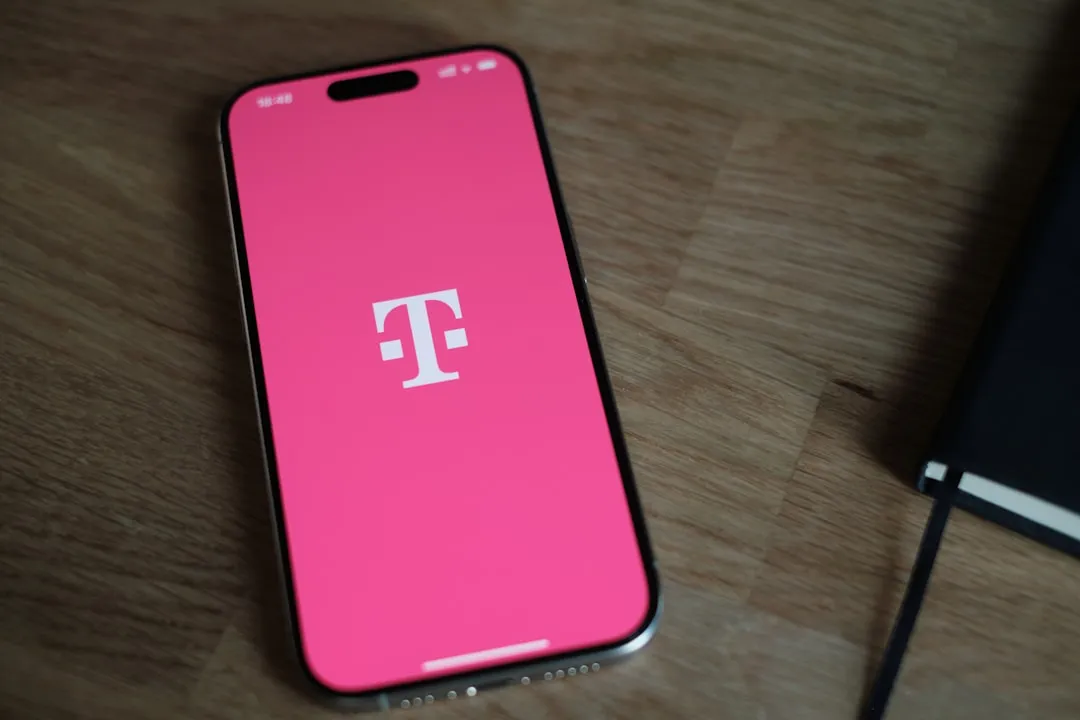
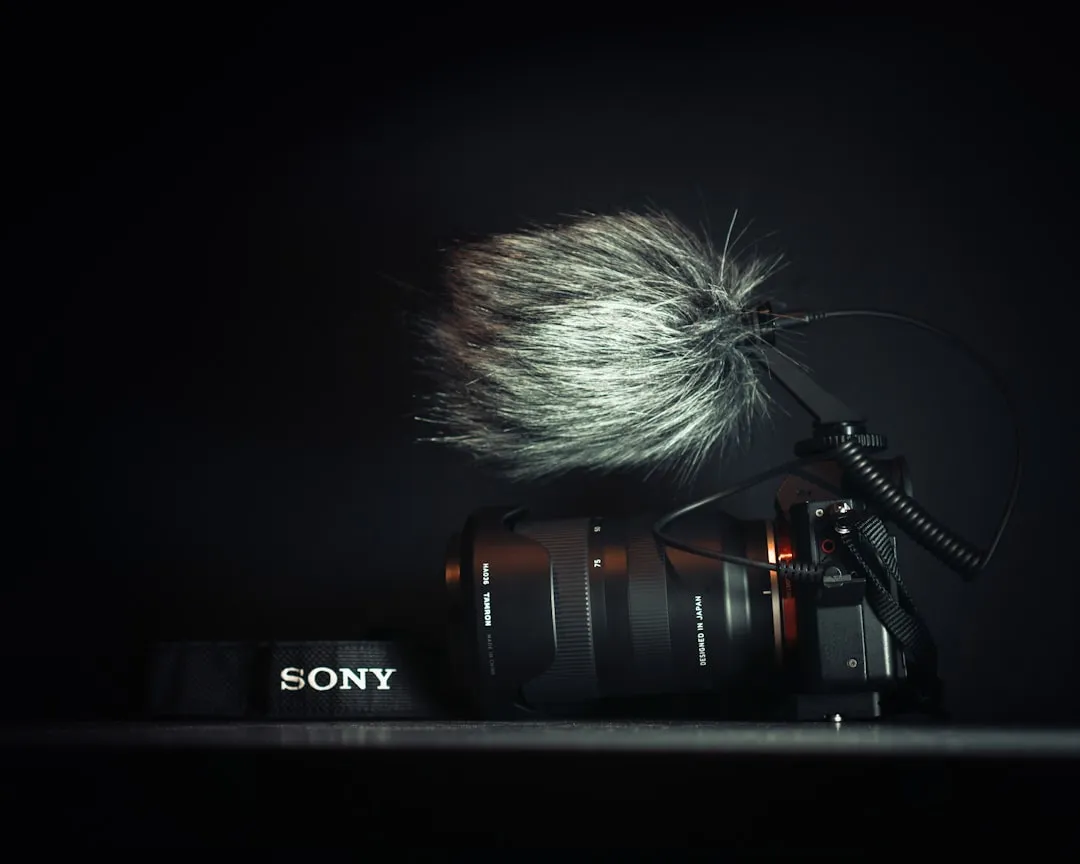




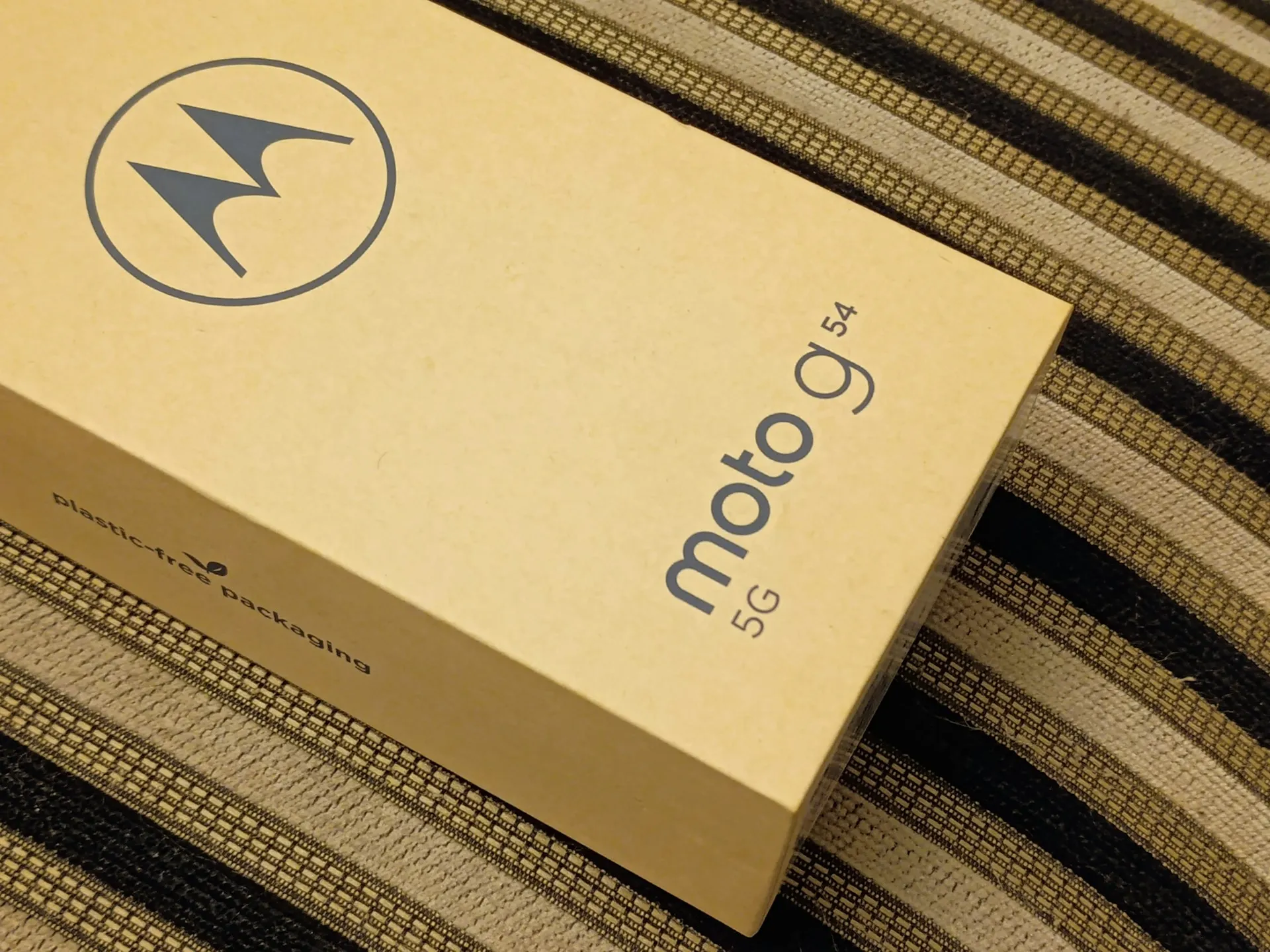

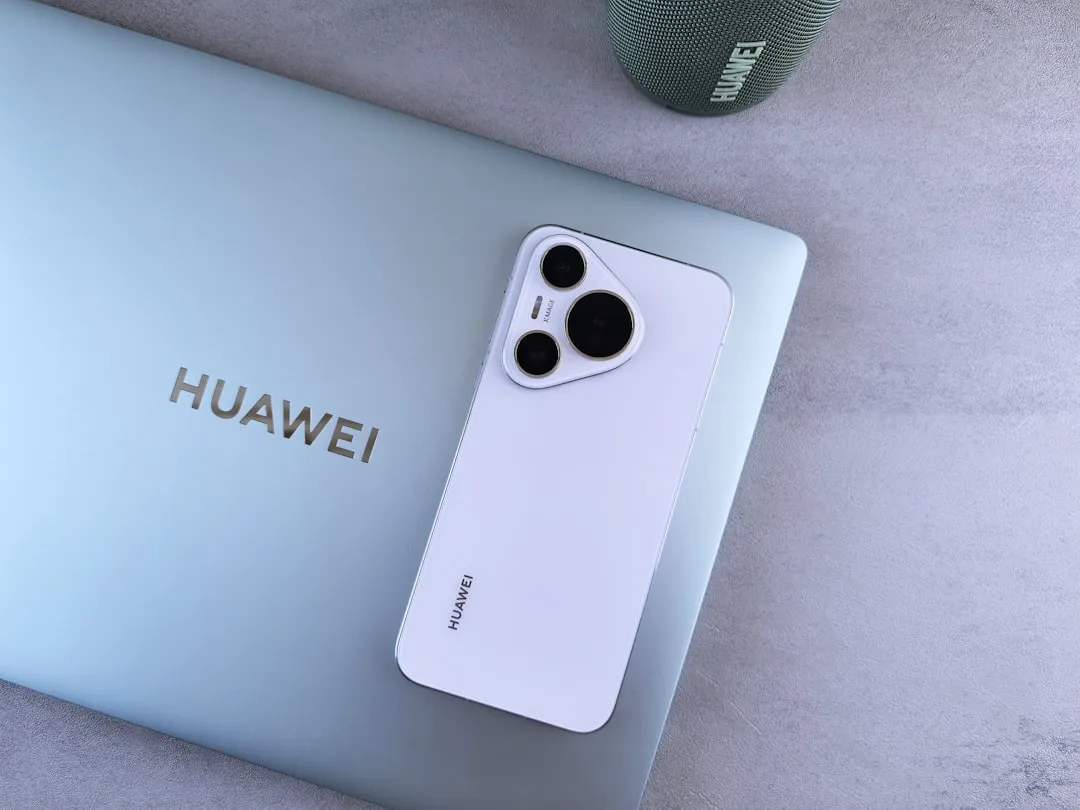

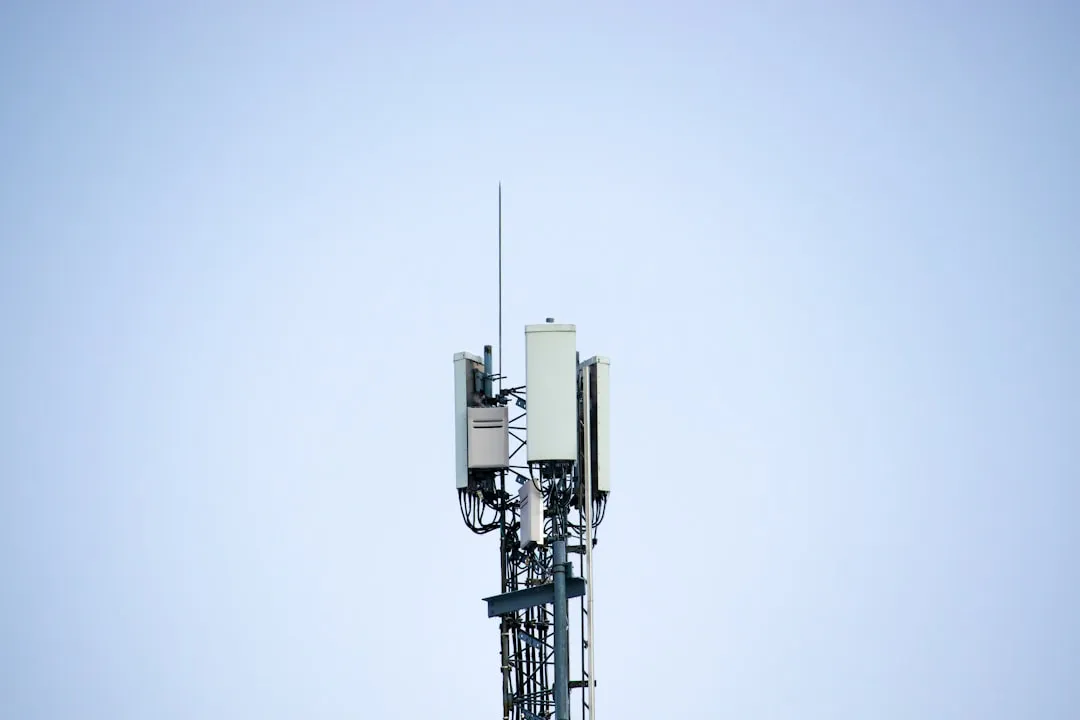
Comments
Be the first, drop a comment!